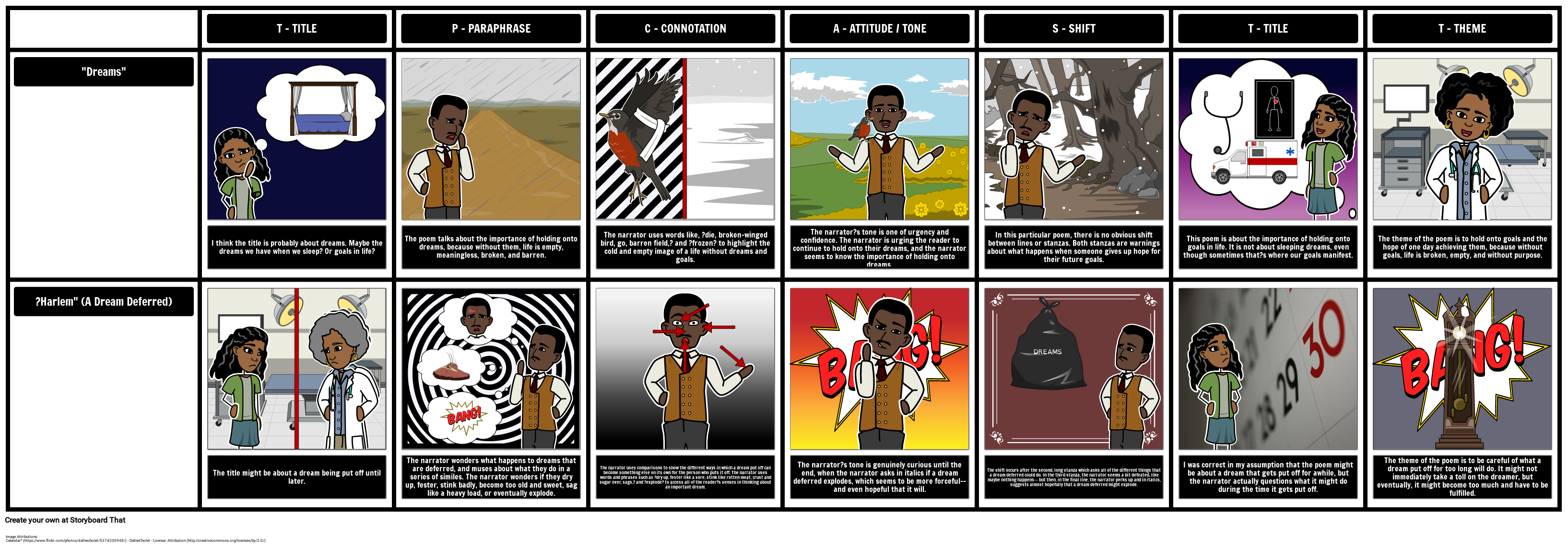

Hughes wrote that Cushenberry was a Jewish slave trader, but a study of the Cushenberry family genealogy in the nineteenth century has found no Jewish affiliation.

The other putative paternal ancestor whom Hughes named was Silas Cushenberry, a slave trader of Clark County.

According to Hughes, one of these men was Sam Clay, a Scottish-American whiskey distiller of Henry County, said to be a relative of statesman Henry Clay. Both of Hughes' paternal great-grandmothers were enslaved Africans, and both of his paternal great-grandfathers were white slave owners in Kentucky. Like many African-Americans, Hughes had a complex ancestry. From 1942 to 1962, as the civil rights movement was gaining traction, he wrote an in-depth weekly column in a leading black newspaper, The Chicago Defender. He also published several non-fiction works. In addition to poetry, Hughes wrote plays, and short stories. He eventually graduated from Lincoln University. Although he dropped out, he gained notice from New York publishers, first in The Crisis magazine, and then from book publishers and became known in the creative community in Harlem. He graduated from high school in Cleveland, Ohio, and soon began studies at Columbia University in New York City. He moved to New York City as a young man, where he made his career.
#Types of imagery in harlem by langston hughes series
Growing up in a series of Midwestern towns, Hughes became a prolific writer at an early age. He famously wrote about the period that "the Negro was in vogue", which was later paraphrased as "when Harlem was in vogue." One of the earliest innovators of the literary art form called jazz poetry, Hughes is best known as a leader of the Harlem Renaissance. Oppression, societal pressure, prejudice and historical baggage and other factors can play their part in denying the dream.James Mercer Langston Hughes (Febru – May 22, 1967) was an American poet, social activist, novelist, playwright, and columnist from Joplin, Missouri.

The final line metaphorically sums up the whole notion of what can happen when an individual's or a people's dream fails to manifest in real time. The fact that food is prominent brings home the idea that this dream has to do with survival (of the fittest) what is taken in to the physical body is important but in the end a dream deferred can result in explosive consequences. So these five contrasting elements help shape the poem and bring strong visual energy into the mind of the reader. a heavy load: who wants to carry such weight unnecessarily? Everyone has baggage but doesn't history show some people have always carried more than others?.a syrupy sweet: sugar brings energy and life but this has been out too long and gone crusty.There's something rotten in the state of forgotten dreams. rotten meat: a protein foodstuff that has been left out or forgotten about and is already beyond use.like a sore: a flesh wound or symptom of illness which, once neglected, begins to turn bad and could be harmful to the health.As the sun rises each day, time passes, nothing happens. a raisin in the sun: a fruit which was once juicy, a nutritious food, now is seen to dry up and become useless.


 0 kommentar(er)
0 kommentar(er)
